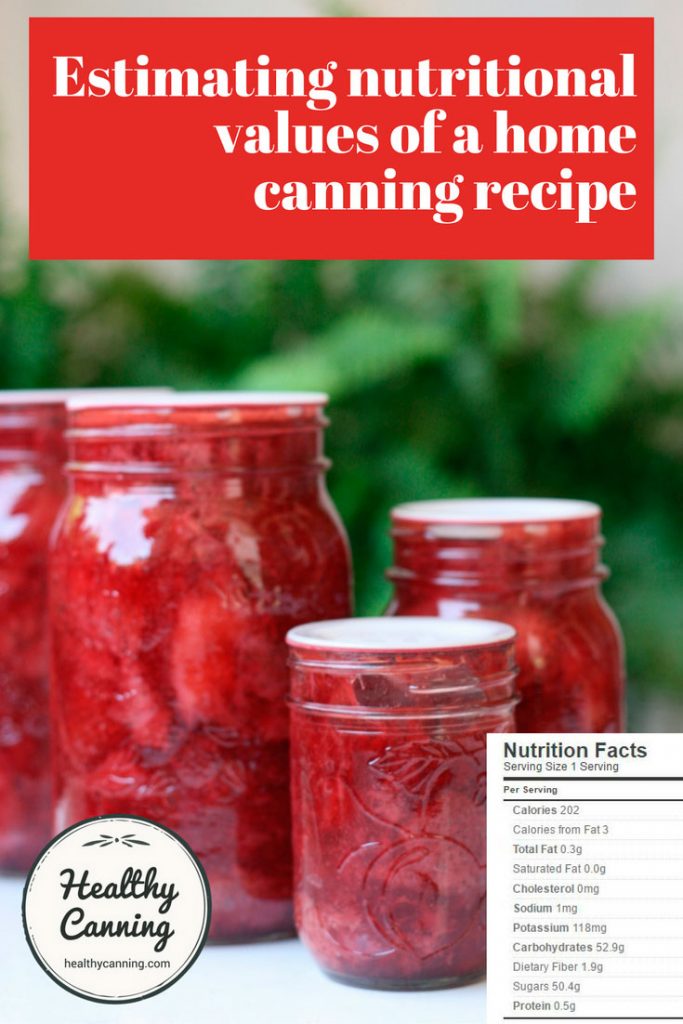When you use a lab-tested home canning recipe from a reputable source, you know it’s safe for you. But, that doesn’t necessarily mean it’s good for you.
Only one source of lab-tested recipes — Canadian Living — provides nutritional information for its home canning recipes. None of the others do: not Ball, not Bernardin, not even the USDA.
Given that we are told there is thorough lab-testing going on anyway, it’s pretty surprising that nutritional information doesn’t appear in print alongside the resulting recipes.
If it did, we might not make them: a lot of those recipes end up with more sugar and sodium in them than savvy shoppers would accept today in commercial products.
You’re on your own for deciding if home canning recipes are actually healthy
Those tested canning recipes might not kill you tomorrow, because they are safe in that regard, but what are they doing to your long-term health?
The USDA’s home canning division is charged with looking after the immediate safety of your home canned goods: the department concerned with health is located thousands of miles away in a whole ‘nother state. One department brings you home canned chili that is 1697 mg sodium a bowl for lunch; the other department says don’t eat any more than 1500 mg of sodium in an entire day.
Reputable home canning authorities are always reminding us that canning is a science, of which our understanding is always evolving, so that it’s important to keep current and apply the latest scientific knowledge to what we do.
It’s therefore natural to think that they would be eager to ensure that their recipes meet contemporary nutritional standards.
But they don’t. While it’s true that they are charged with ensuring the immediate safety of home-canned goods, and that they do a good job of that, the long-term impact on your health, on the other hand, is just not part of their remit.
So, in terms of that long-term health, we’re on our own here.
When you see a great new recipe from Ball, or Bernardin, or the NCHFP, you’ll know it’s safe, because it will have been lab-tested. But why not take a minute to put it to the test, to see actually just how good it is, or isn’t, for you?
It’s actually quite easy now, thanks to the Internet.
Nutritional calculation tools
As of 2018, we use the recipe builder on My Fit Pal.
You can give it a URL and it will read all the ingredients in, if the recipe has been formatted correctly (all Healthy Canning ones have been.) Alternatively, you can enter the ingredients in. You need an account, but it’s quick to set up, and free.
For Weight Watchers points, you can use here: https://www.calculator.net/weight-watchers-points-calculator.html

